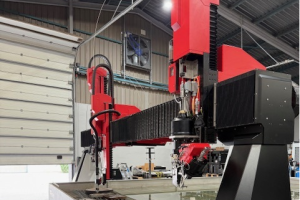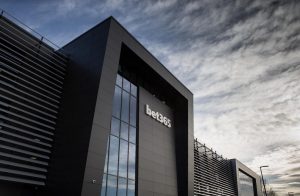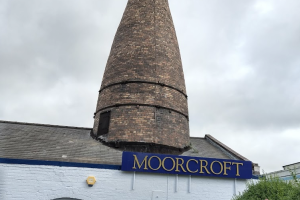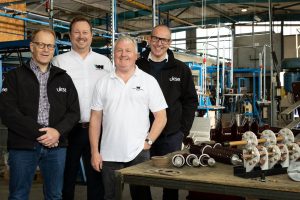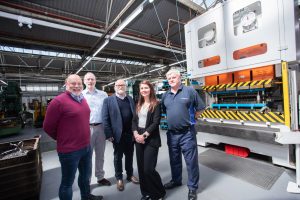Webinar playback: EOTs – maintaining a legacy
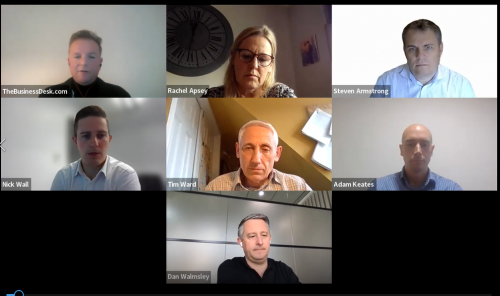
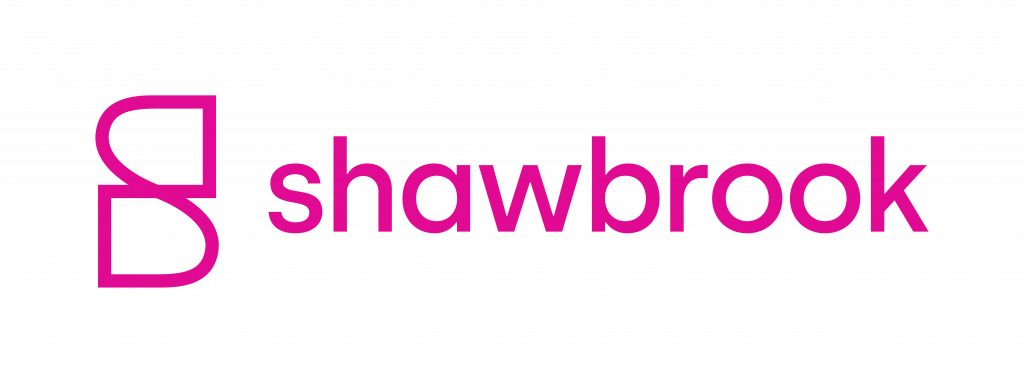
The event, held in conjunction with Shawbrook Bank heard from an expert panel of business advisers and owners – all of whom had either worked on an EoT or had been through the process with their company.
The panellists were:
Dan Walmsley, CEO, Retrac
Adam Keates, tax advisor, Claritas
Tim Ward, corporate finance partner, Harrison Clark Rickerby
Nick Wall, manager, Orbis
Steve Armstrong, partner, Shawbrook Bank
Rachel Apsey, sales and marketing director, Medstrom
When asked what the ideal outcome of an EOT is, Keates said: “It’s that vendors get their tax regained. Beyond that, it that the business continues to perform well and generates enough cash to pay out any deferred consideration and the employees can benefit from the tax-free bonuses. Also that the management team are happy, employees are all happy and the culture of the business remains.”
Ansett, whose company Medstrom, has recently completed an EOT, added: “The key for me is to maintain the culture of the business we’ve grown. If we can do that we’re rewarding the next generation of managers. I’m still young; although I’ve got a deferred consideration I can still be involved in the business for the next five, seven, ten years or so, and help to continue with the leadership of the business. It all just made complete sense to us.”
Wall said: “Ultimately, alignment between the employees and exiting shareholders is vital. You want to incentivise and maintain staff, but also attract a great senior management team. But my main advice would be to engage advisers early on the legal and tax side – the last thing you want is to come to the close of a transaction for everything not to be in place.”
Ward gave anecdotal evidence of the benefits of an EOT, adding: “I recently worked on an EOT deal for a law firm in the West Midlands. What the owner of the firm can look back on is that she’s secured the future of the business and the jobs of the staff, when she didn’t want to sell her business off to a private equity-owned law firm or a listed entity who would remove all the back offices and pull it into a central hub. The business is still profitable, and it’s been a really positive experience being involved in that.”
For Walmsley an EOT is a relationship., He continued: “It’s an alignment of objectives between the employees and the exiting shareholders. So, I don’t think anyone considering this should be thinking an EOT is a perfect solution versus another type of transaction, but getting that alignment of objectives is key – after all you don’t want people locked into an abusive marriage on this thing – it needs to be correct for both sides.”
Armstrong summed up by saying: “A successful EOT is all about legacy. We can, from time to time, see people who go through a trade sale – the numbers are great on day one – but when they get to the last two-to-three weeks of a transaction, they really start to think about the legacy and the fact that they don’t know what’s going to happen when a big overseas entity comes and buys their business. An EOT is a way to protect against that.
“Most business owners have worked with their staff for a long time and are there friends. An EOT is a way of passing over a business and preserving a legacy at the same time and giving something back to those people who worked for you for all those years.
“I’d urge people to get advisers on board. Most people are only going to sell a business once in their life, so get advice from people who sell businesses every day.”
To view the entire debate, please click here, and use the passcode: ju9HzzR#

